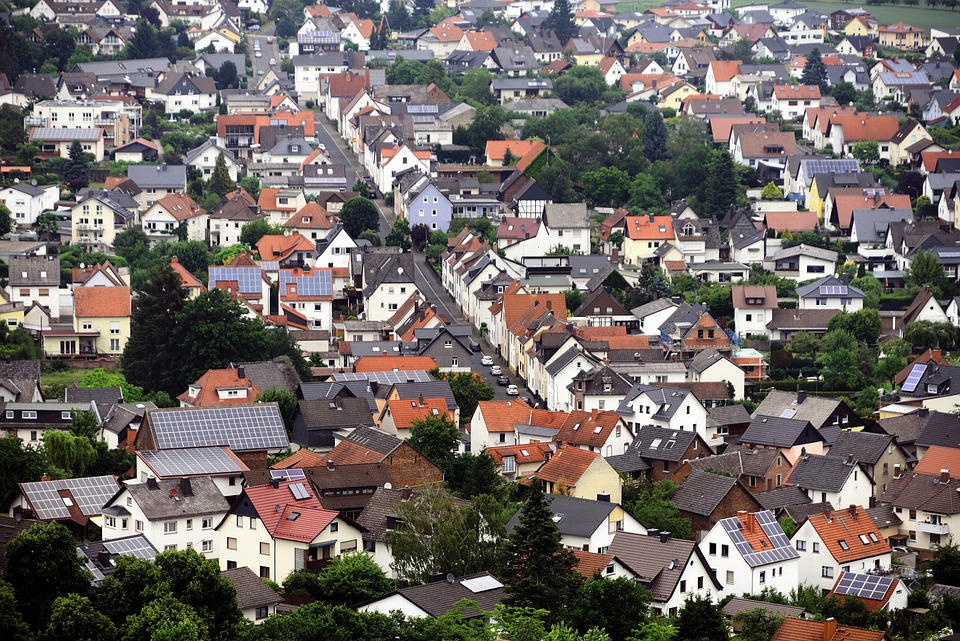Case Studies of Successful Forest Edge Settlements
When it comes to sustainable development and balancing the needs of humans with the preservation of nature, forest edge settlements are a prime example of how this delicate balance can be achieved. These settlements are typically located on the outskirts of forests, allowing residents to enjoy the benefits of close proximity to nature while also being mindful of conservation efforts. In this article, we will explore some case studies of successful forest edge settlements from around the world.
1. Freiburg, Germany
Freiburg, a city in southwest Germany, is known for its commitment to sustainability and environmental conservation. The Vauban district, located on the outskirts of the city, is a prime example of a successful forest edge settlement. The district features passive housing designs, car-free zones, and extensive green spaces that blend seamlessly with the surrounding forest. Residents of Vauban have access to public transportation, bike lanes, and walking paths, making it easy to get around without the need for cars.
The city of Freiburg has also implemented strict building codes and regulations to ensure that new developments are environmentally-friendly and energy-efficient. This commitment to sustainability has made Freiburg a model for other cities looking to create successful forest edge settlements.
2. Boulder, Colorado
Boulder, Colorado is a city nestled at the foothills of the Rocky Mountains, making it an ideal location for a forest edge settlement. The city has prioritized conservation efforts and sustainable development, leading to the creation of neighborhoods like North Boulder and Wonderland Hill. These areas feature green building practices, native landscaping, and easy access to hiking trails and outdoor recreational activities.
In addition, Boulder has implemented policies to protect its surrounding forests and wildlife habitats, ensuring that development remains mindful of the natural environment. The city’s commitment to sustainability and conservation has made it a desirable place to live for those who value the connection to nature that a forest edge settlement provides.
3. Victoria, British Columbia
Victoria, the capital city of British Columbia, is located on the southern tip of Vancouver Island and is surrounded by lush forests and coastal landscapes. The city has embraced the concept of forest edge settlements with neighborhoods like Bear Mountain and Westhills, which offer residents the opportunity to live in harmony with nature while still being close to urban amenities.
These developments feature sustainable building practices, green spaces, and conservation efforts to protect the local ecosystem. Victoria has also invested in public transportation and bike lanes to reduce the reliance on cars and promote a more sustainable way of life. The city’s commitment to preserving its natural surroundings while also meeting the needs of its residents has made it a model for successful forest edge settlements.
4. Portland, Oregon
Portland, Oregon is known for its eco-friendly ethos and commitment to sustainability. The city has created forest edge settlements like Forest Park and Tryon Creek, which provide residents with access to lush green spaces and outdoor recreational opportunities. These neighborhoods feature sustainable housing options, green building practices, and nature reserves that protect the local flora and fauna.
Portland has also implemented policies to preserve its surrounding forests and improve air quality, such as promoting public transportation and bike commuting. The city’s dedication to environmental conservation and sustainable development has made it a popular destination for those seeking a balanced lifestyle in a forest edge settlement.
5. Cape Town, South Africa
Cape Town, a coastal city in South Africa, is known for its breathtaking natural landscapes and diverse ecosystems. The city has embraced the concept of forest edge settlements with developments like Constantia and Hout Bay, which offer residents the opportunity to live in beautiful surroundings while still being close to urban amenities.
These neighborhoods feature sustainable building practices, green spaces, and conservation efforts to protect the local flora and fauna. Cape Town has also implemented policies to preserve its surrounding forests and promote eco-friendly practices, such as water conservation and renewable energy sources. The city’s commitment to balancing development with conservation has made it a successful example of a forest edge settlement.
Conclusion
Forest edge settlements offer a unique blend of natural beauty, sustainable living, and convenience. These case studies demonstrate that it is possible to create successful and thriving communities on the outskirts of forests while still respecting and protecting the natural environment. By prioritizing conservation efforts, green building practices, and sustainable development, cities around the world can create forest edge settlements that benefit both residents and the planet.





